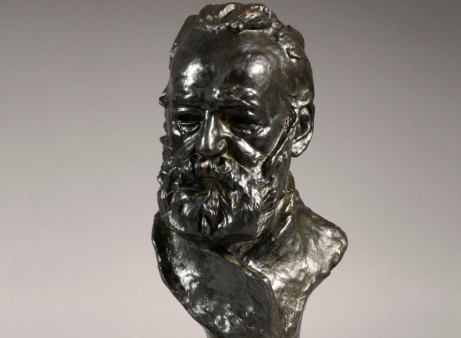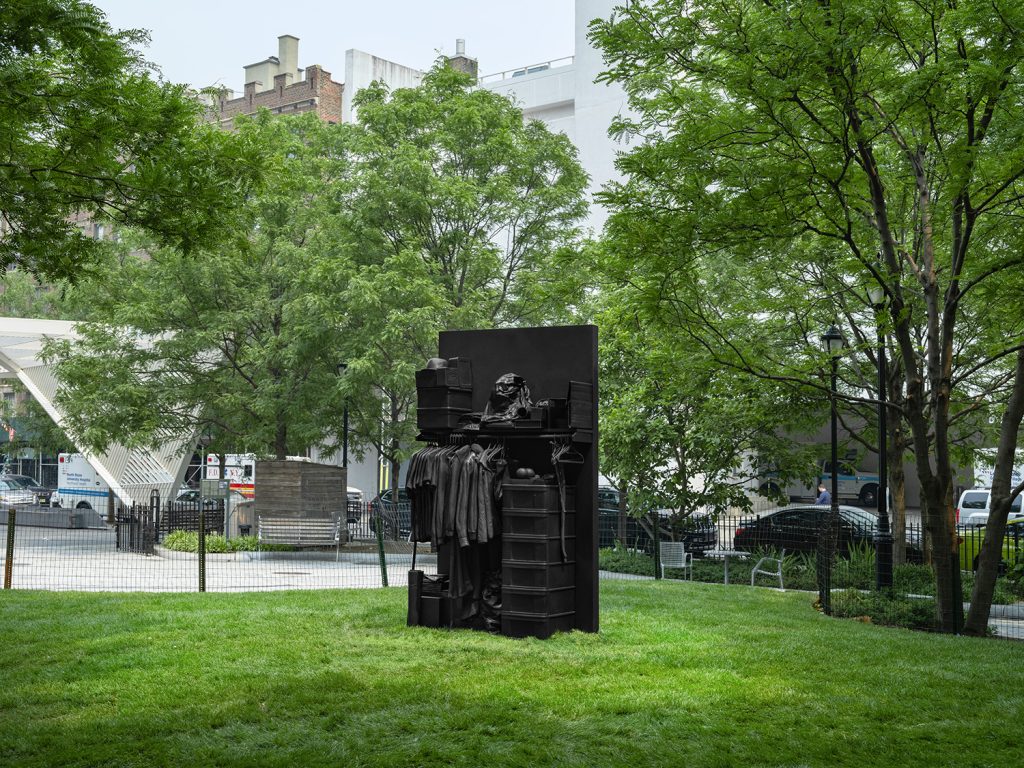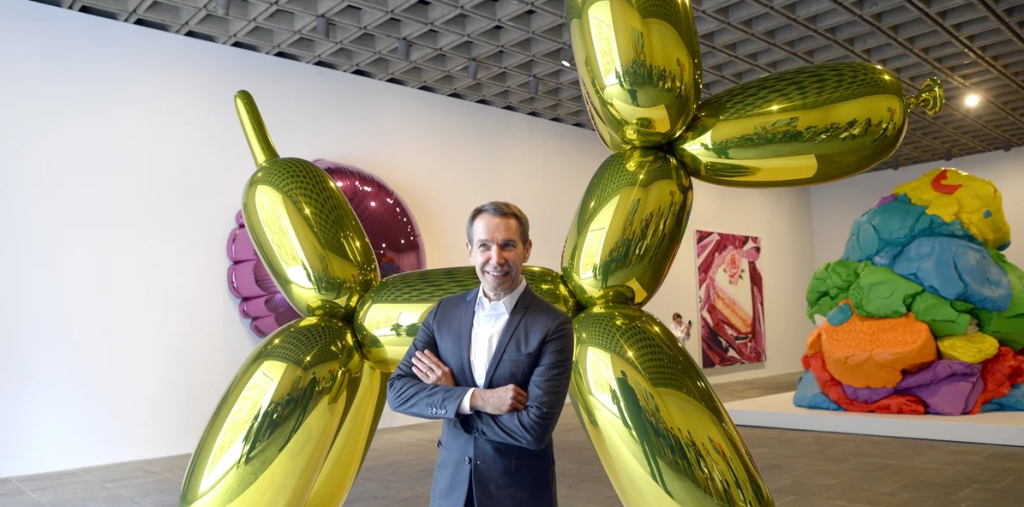The Universe of Emotion: Victor Hugo’s Influence on Auguste Rodin
Art is a powerful medium for expressing human emotions, and few artists have captured this essence more profoundly than Victor Hugo and Auguste Rodin. Hugo’s literary works and philosophical ideas significantly influenced Rodin’s sculptural approach. Understanding their connection can provide insights into how emotions translate across different artistic forms.
The Emotional Depth of Hugo’s Literature
Victor Hugo is celebrated for his ability to depict the complexity of human emotions in works such as “Les Misérables” and “The Hunchback of Notre-Dame.” His characters often grapple with themes of love, despair, and redemption, reflected in their struggles and triumphs. This emotional depth resonated with Rodin, who sought to convey similar feelings through his sculptures. For Rodin, Hugo’s exploration of the human condition was more than just inspiration; it was a clarion call to embody emotion in physical form. Rodin’s sculptures, like “The Thinker,” echo Hugo’s narratives, translating the weight of existential questions into tangible expressions of human experience.
Rodin’s Sculptural Language
Auguste Rodin revolutionized sculpture by moving away from classical norms to embrace a more expressive and dynamic form of art. His works often capture raw emotions, much like Hugo’s literature. For instance, pieces such as “The Gates of Hell” are directly inspired by Hugo’s writings and reflect the struggle between despair and hope. Rodin’s technique of emphasizing texture, movement, and light allowed him to convey a range of feelings that resonate similarly to Hugo’s vivid descriptions. The tactile quality of Rodin’s sculptures invites viewers to engage emotionally, creating a dialogue between observer and artwork that echoes the literary conversations initiated by Hugo.
The Intersection of Literature and Sculpture
The collaboration between literature and sculpture is apparent in the friendship between Hugo and Rodin. Rodin often looked to Hugo not only for inspiration but also for a deeper understanding of emotional expression. Both artists shared a vision of art as a method for social commentary, using their respective mediums to challenge societal norms and provoke thought. Rodin’s interpretation of Hugo’s themes—from suffering to the quest for meaning—transcended the boundaries of literature and sculpture, illustrating how interconnected the arts can be. Rodin’s admiration for Hugo’s genius showcased an appreciation for the depth of human emotion that both artists sought to illuminate in their works.
In conclusion, the emotional universes crafted by Victor Hugo and Auguste Rodin offer rich avenues for exploration. Their shared commitment to portraying the intricacies of human sentiment continues to inspire artists today. If you’re intrigued by their influence on art and literature, consider diving deeper into their works or even exploring local museums showcasing their masterpieces. Embrace the power of emotion in art, and let it guide your own creative journey!


